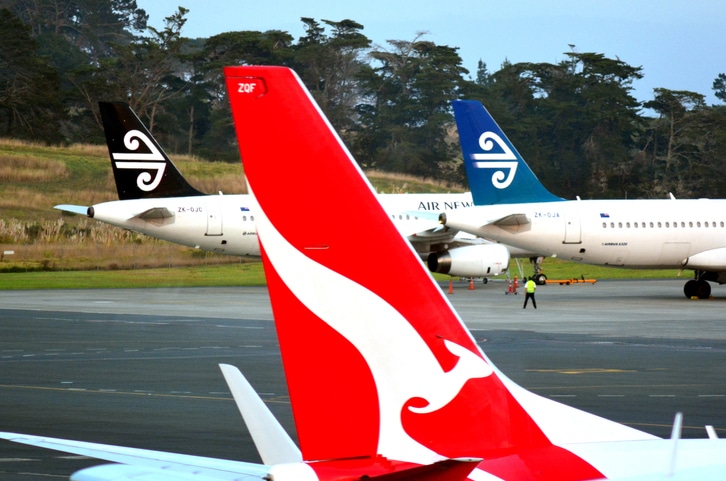The ACT could resume trans-Tasman flights by spring. Chief Minister Andrew Barr will visit New Zealand next week to meet Wellington and Auckland counterparts to develop a joint package to present to the airlines.
“This is a rare opportunity,” Mr Barr said. “We’ve always come up against a lack of aircraft availability. In order to get a new flight into Canberra, we’ve generally had to convince airlines to stop flying somewhere else. For the first time since I’ve been Tourism Minister – we’re talking 15 years now – there’s an abundance of aircraft, and the airlines are looking for good places to fly.
“We think we’ve got a very compelling product and offer, and the partnership that we hope to strike with our counterparts in New Zealand will see this as a two-way flow of tourists, business travellers, and friends and family reunited after an extended period where they’ve not been able to travel, even across to New Zealand.”
Quarantine-free travel between the two Pacific nations resumed in April.
Mr Barr hoped to have flights running between New Zealand and Canberra in time for Floriade (September to October), but said summer would also work well.
On this side of the Tasman Sea, the ACT had never had a better domestic aviation network, Mr Barr stated. There were now direct flights to every capital city (including Darwin and Hobart), and new routes to regional centres like the Sunshine Coast, Cairns and Port Macquarie. The Canberra–Melbourne price war – “magic words for consumers and for the tourism industry” – could bring large numbers of tourists into Canberra.
In fact, Mr Barr said, Canberra’s tourism sector had rebounded from “the most disruptive events in living memory for tourism locally, nationally and internationally”. Hotels were now 73% full, well above the national average (61%); last April, they were only 14% occupied.
Dr Naomi Dale, CEO of the Canberra Region Tourism Industry Council, said many tourism properties had seen “a really terrific improvement” in visitor numbers.
The National Zoo and Aquarium has also been lucky to have healthy numbers, a spokesperson said. The Zoo’s business manager, Russell Jackson, said that a lot of people were coming down the highway on weekends, but he remained “cautiously optimistic”; international travel may change the situation.
Mr Barr said the combination of cheap, direct flights and more visitors “augured well for the coming financial year for the Canberra tourism industry”.
The ACT Government intends to restore ACT tourist revenue to $2.5 billion by the middle of next year, and grow it to $3.5 billion by 2030.
The COVID-Safe Tourism Co-Investment Program (funding products and infrastructure) and the Tourism Co-operative Marketing Fund (marketing campaigns that increase awareness of the ACT as a leisure destination) have supported more than 100 tourism businesses and invested more than $3 million in the industry, Mr Barr said.
“I was somewhat nervous about what the level of take-up would be,” Mr Barr admitted. “But they have been over-subscribed. That gives us confidence that it’s the right model, and that it’s worth investing in again in the future.”
He said projects funded include new shuttle bus services, a night safari at the Zoo (to be launched later this year), and an ice age exhibit at the National Dinosaur Museum.
Dr Dale said the ACT community could not have created new products and programs without the ACT Government’s support.
New products will ‘pop up’ over the next 12 to 18 months, the Chief Minister said.
“We are going to have people who have not been to Canberra for a long time coming here, taking advantage of the cheaper air fares and the fact that their tourism options are largely domestic at this point in time,” Mr Barr said.
For more news:



